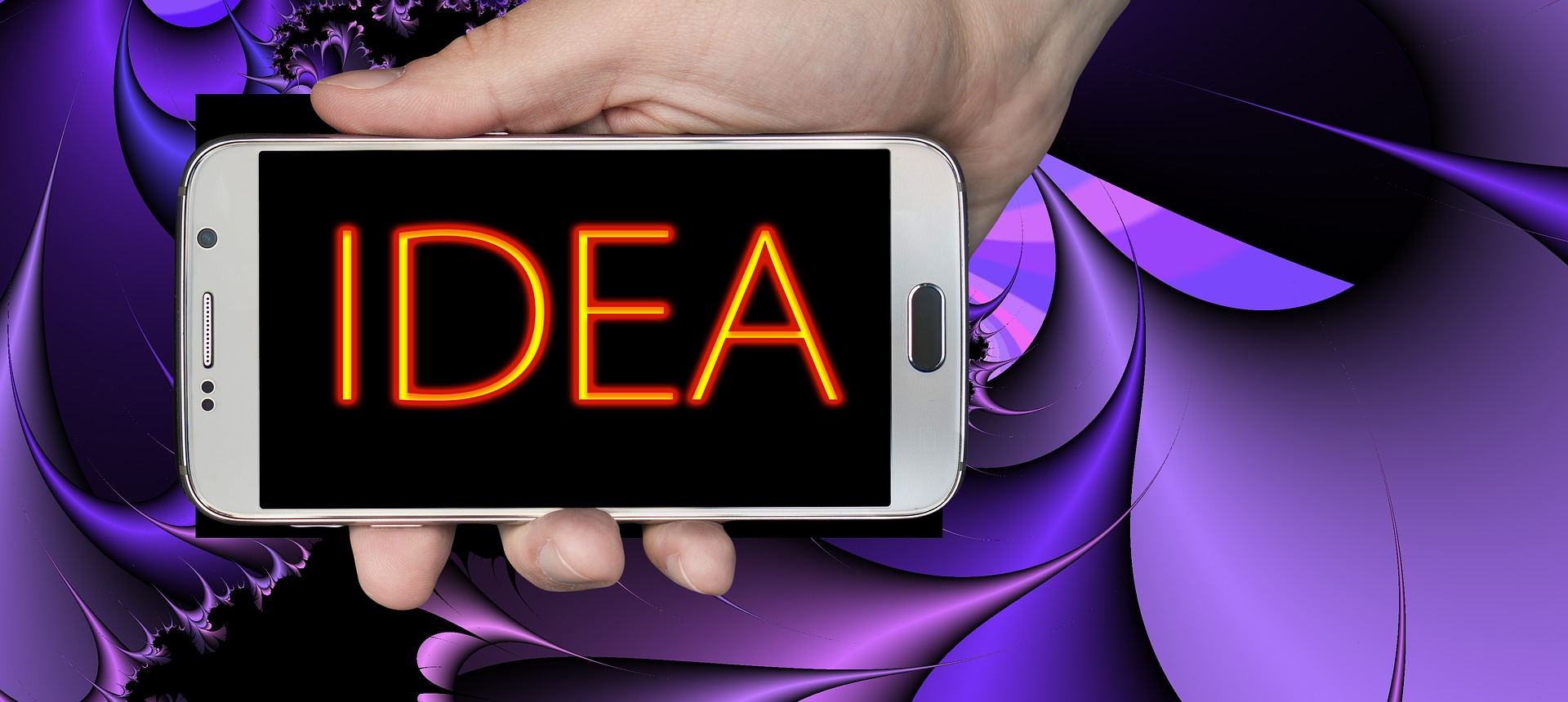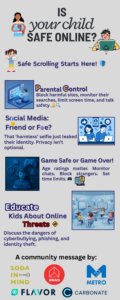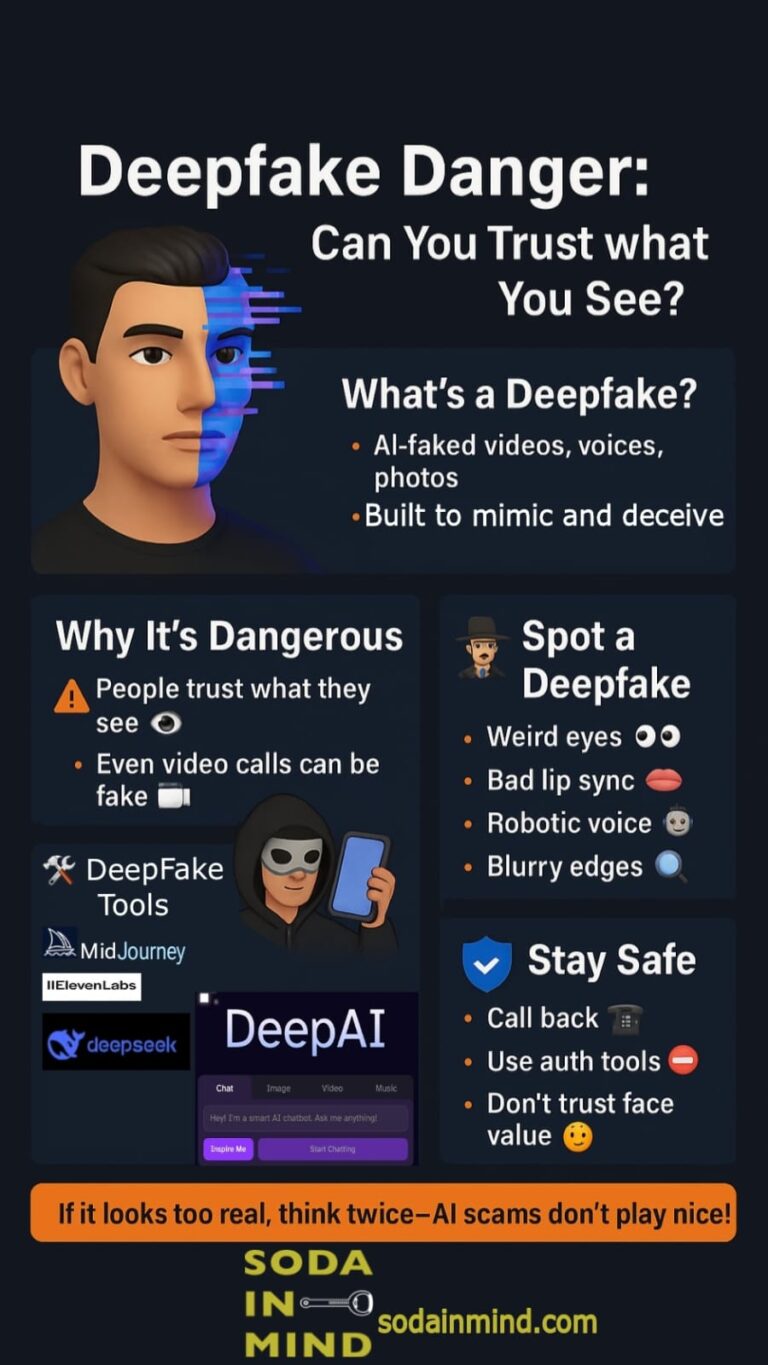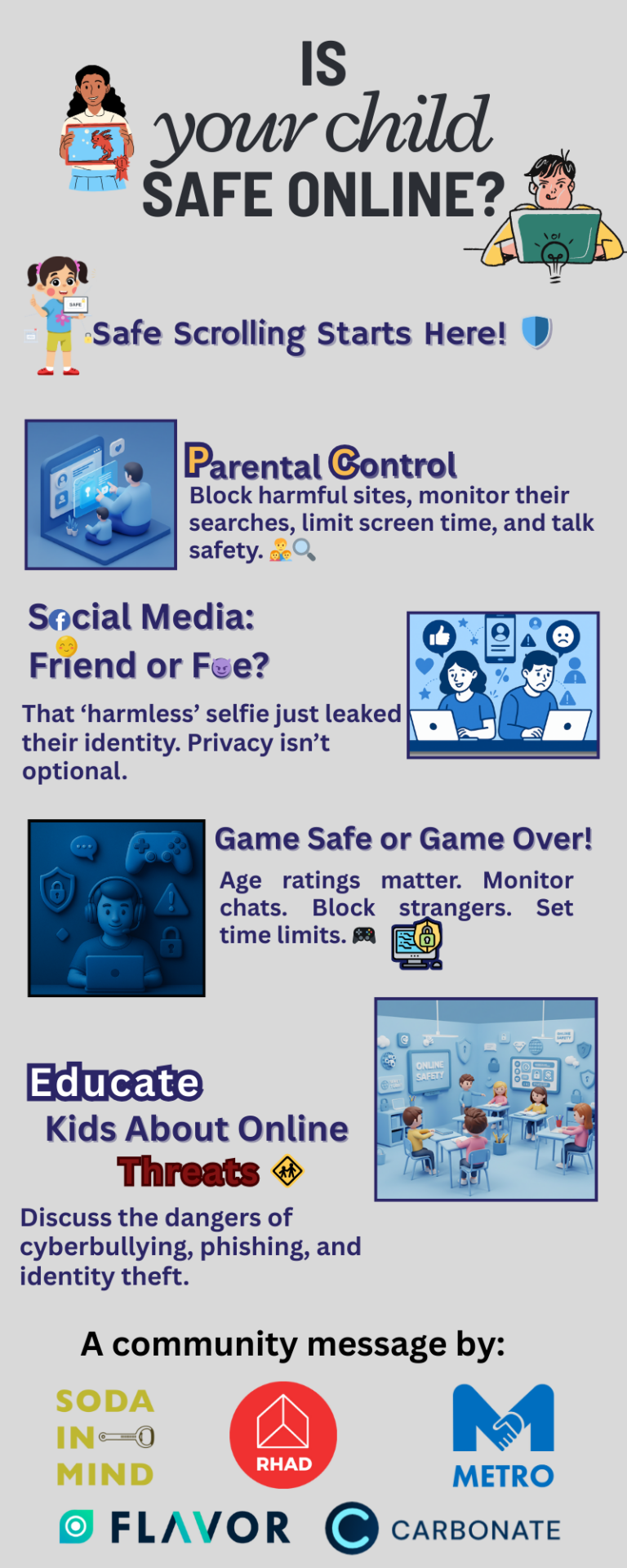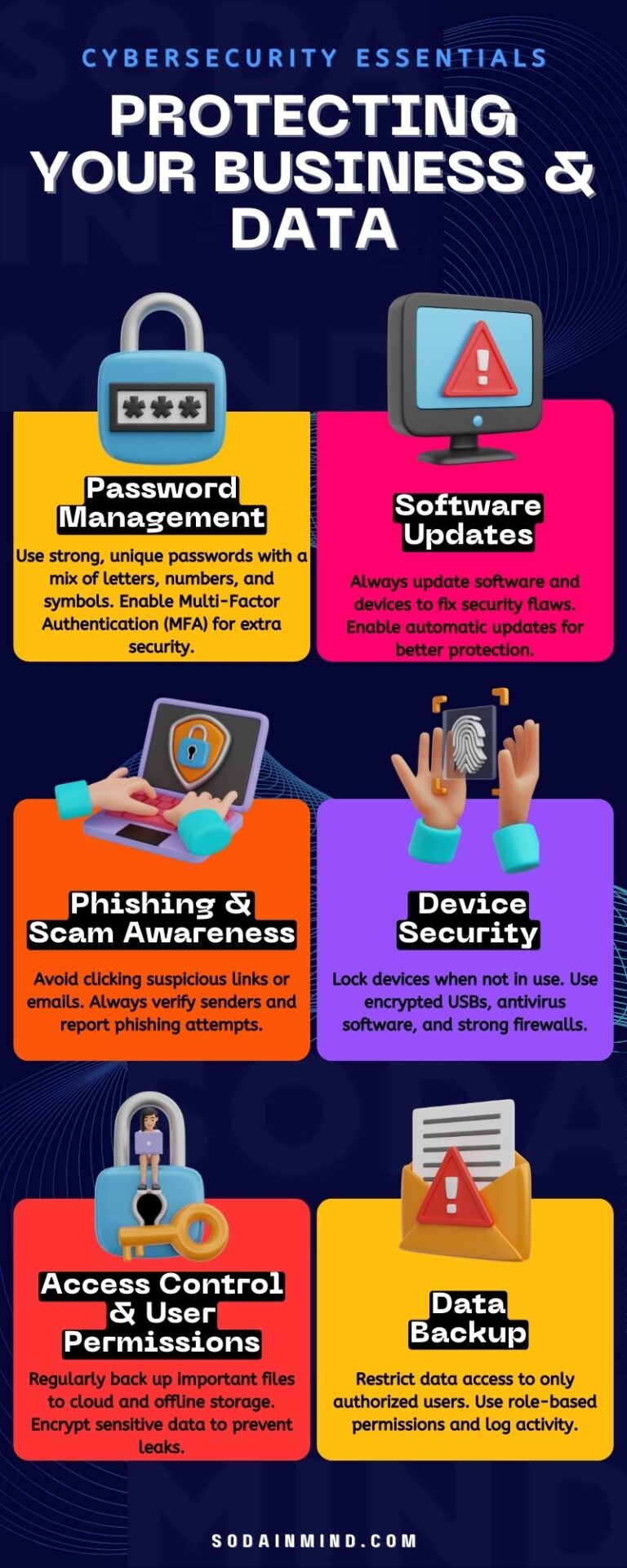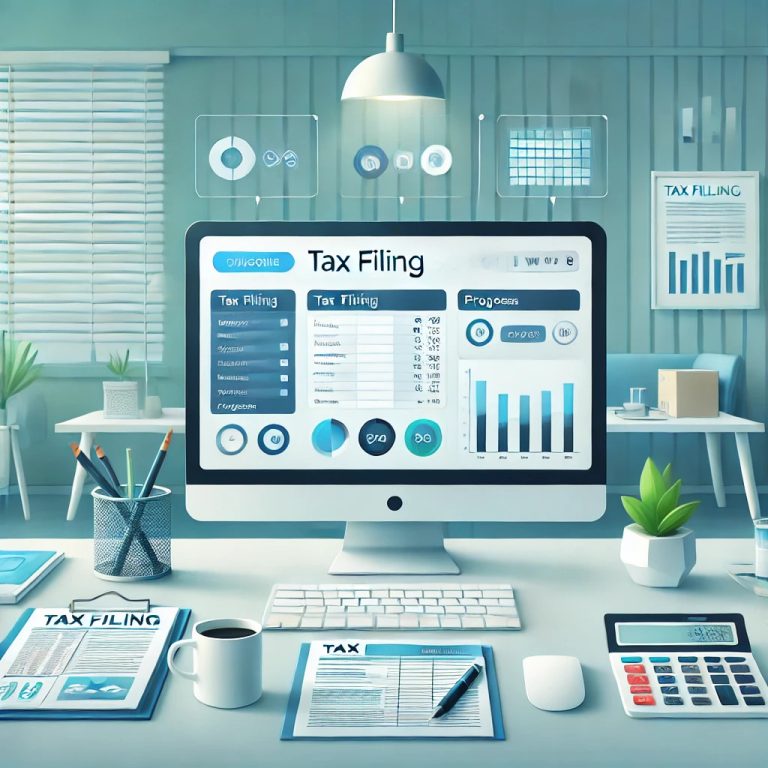Application development may not be second nature to everyone. Before you can even consider embarking on a project, there are things you need to take into account. Generally, consideration and planning is a big part of the process. During the development of an application, you’ll have to factor in UX and UI design (among other things).
Even when you’re at the end of the development process and holding your shiny, new app in your hands, you may not even be at the end. How will you deliver this product you’ve labored so lovingly on to users? How is your app going to appeal to them and stand out in a crowded marketplace?
Digital marketing can be something to think about if you would like to jump on the bandwagon and try your hand at it but before you do that, there are a few important things to understand.
There were 3.6 million apps in the Google Play Store as of March 2018. It’s highly likely that this number has now increased. What this means for your brand new app is that you are not alone.
It means that you just can’t develop an app, leave it in an app store and expect much to happen.
It means that you have to begin thinking about how people are going to get to know your app even exists, about putting the app in the hands of your users, about the type of audience you are targeting and that doesn’t even include thinking about the type of problem your product may be solving (if it’s a utility).
The development of your app then is not the be all and end all of the process and although it may be an end goal in an of itself, you should begin to think of apps as things without an end (sort of like the endless in Neil Gaiman’s Sandman series of comic books).
It’s about the journey, not the destination (as they say) but before you retreat from the world into your man (or woman) cave, think about it in a positive light. After all, an app (if done well) will remain relevant, have lots of users and (generally) if your app were to end, wouldn’t that just mean it was a flop/failure.
The lifecycle of an app should, therefore, be iterative and consist of a learning, trial and error and continual development/improvement as you roll out new features or remove others.
By learning about what your users want/need and about how they’re reacting to what you’re doing, you can have a two-way conversation with them. Think about it as a little dance where both you and your users flop about like penguins while perpetually trying to find each other’s groove. Every once in awhile a beautiful synchronicity is reached as you connect to the rhythm.
In order for the app to even get noticed and used in the first place though, it has to be marketed and distributed effectively. There are several proven strategies for marketing and distributing your app. Here are three of them:
Social media marketing
Make your app easy for users to share it with their friends and families. Here’s an example: If you’ve built a nifty, mobile, role-playing game, every time the players’ game characters level up, prompt the players with a simple question asking if they’d like to share their success on facebook or twitter. People like to share their successes and you could even offer them free rewards every time they do this. Getting the word out about your app by tapping into your existing user base (and their social media accounts) can be a very powerful tool in your app’s marketing arsenal.
Optimize discoverability of the app in app stores
According to a study, apps are largely found by smartphone users searching in app stores, more so than by referrals. What this means is that you have to optimise your app’s discoverability in app stores in order to gain more traction. Use keywords, titles and descriptions for apps when putting them up in the app stores. Make descriptions and keywords relevant to what your apps are about.
Release new features frequently
Execute a timely release of the app and then continue to roll out frequent updates. It is important to do this because your app can only generally be improved upon for as long there are users. Through actively listening to your users, you will be able to get a clearer picture of the direction your app should take. In relation to optimising discoverability of your app, app stores may have a “new and updated app/games” category so when you update your app or game, it should appear in that category. This helps you gain more visibility for your app. Bear in mind, however, that (depending on your app) the way in which you roll out new features may need to be properly considered, especially if your users are used to doing things a certain way within your app.
*We are a UX-focused team of developers and designers. Our goal is making our products understandable at any level. The result is web and mobile applications that take minutes to learn and are easy to implement in any company, big or small. Find out more about Soda In Mind here

